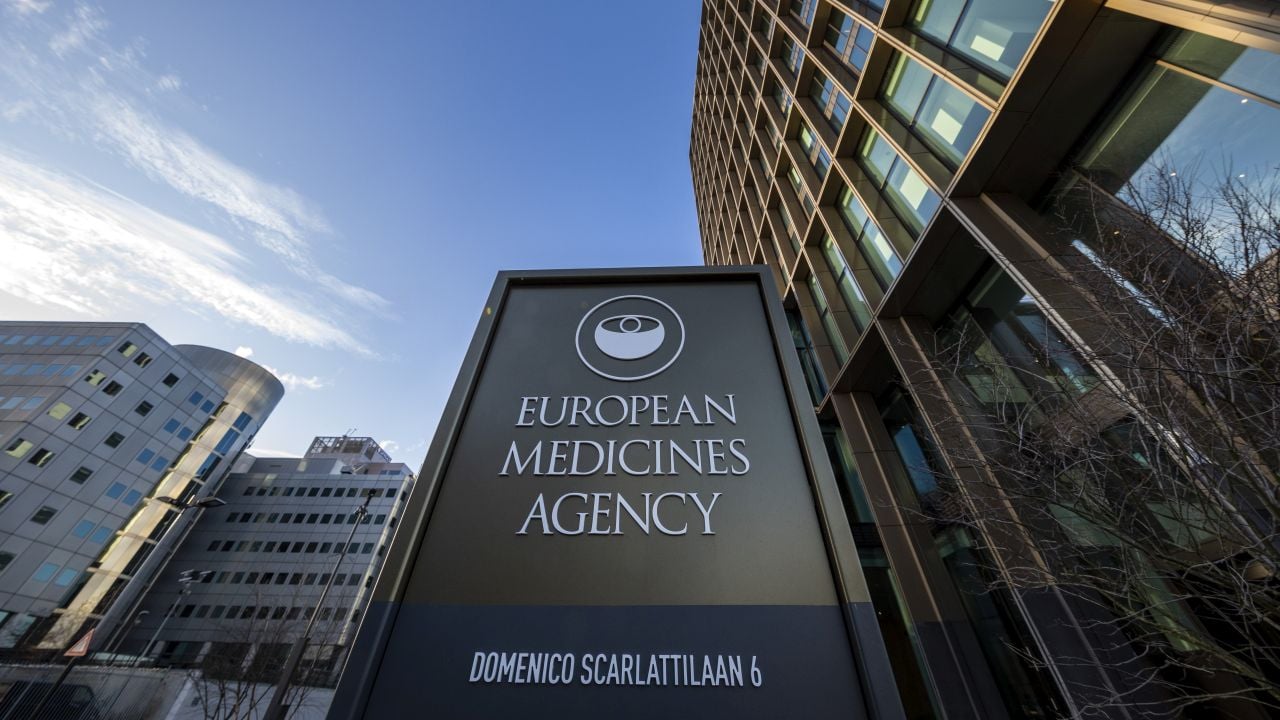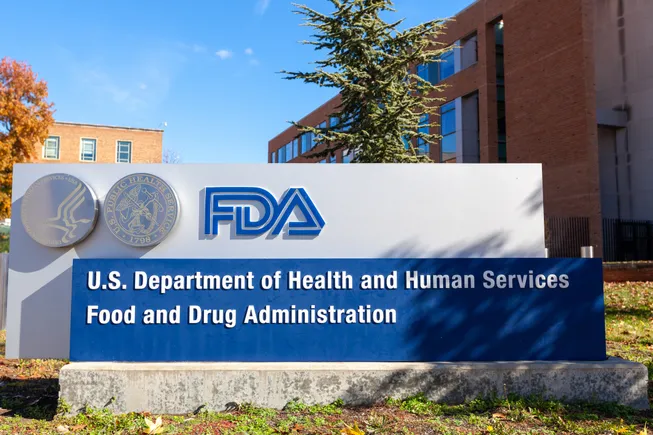STAT+: Why MAHA wants whole milk back on the table
In the nutrition world, the question of how whole milk compares with lower-fat options is the subject of debate. In MAHA world, it's time to embrace full fat.

At a Brooklyn coffeeshop one recent rainy afternoon, the barista explained that lattes came just one of two ways: with whole milk or almond. It didn’t make sense to stock skim or reduced-fat milk when requests for those varieties are few and far between, she said — though a few months ago, she did notice a curious surge of customers asking for raw milk. “Do you know what was up with that?”
For better or worse — definitely worse, health experts say, in the case of raw milk — Americans seem to be approaching a new chapter in their relationship with dairy. Agriculture Secretary Brooke Rollins has suggested the forthcoming U.S. dietary guidelines could start recommending whole milk, against the advice of last year’s advisory committee. Whole milk got a special shout-out in May’s Make America Healthy Again report, and Health and Human Services Secretary Robert F. Kennedy Jr. called the guidelines’ position on dairy “antiquated” in February while urging Head Start programs to adopt full-fat milk. Meanwhile, a House committee recently advanced the Whole Milk for Healthy Kids Act, which for the first time in over a decade would allow public schools to start serving whole milk as well as reduced-fat milk, rather than sticking to nonfat and low-fat.
The dairy industry would certainly be thrilled to get whole milk back in schools — they argue that kids don’t like the lower-fat versions as much and get turned off milk entirely. (Schools buy about 8% of the fluid milk supply in the U.S. each year.) And Americans beyond the confines of coffeeshops seem interested in the full-fat lifestyle: Whole milk sales are up more than 7% compared with last year.
But inside the nutrition world, the question of how whole milk compares to lower-fat and fat-free options is the subject of ongoing debate. Since their inception in 1980, U.S. dietary guidelines have recommended low-fat and fat-free dairy over whole-milk products to reduce intake of saturated fats, which research has linked to higher risk of conditions like obesity and heart disease. Some recent evidence, however, suggests eating full-fat dairy instead of lower-fat options isn’t linked to bad health outcomes and may even be beneficial in a few cases.
Either way, most nutrition experts say that eating any dairy at all isn’t necessary for good health (reassuring for the two-thirds of the global population that has trouble digesting lactose). That point is unlikely to be emphasized by MAHA leaders. The movement’s support for whole milk is part of its larger challenge to longstanding advice to limit the saturated fats found in many animal products — and while some experts say there’s nuance to the subject worth unpacking, they’re generally leery of swinging too far in the opposite direction.






































































































![[Updated] B-2 Spirit Bombers Struck Iranian Nuclear Sites](https://theaviationist.com/wp-content/uploads/2025/06/B2sGuam_2.jpg)











































